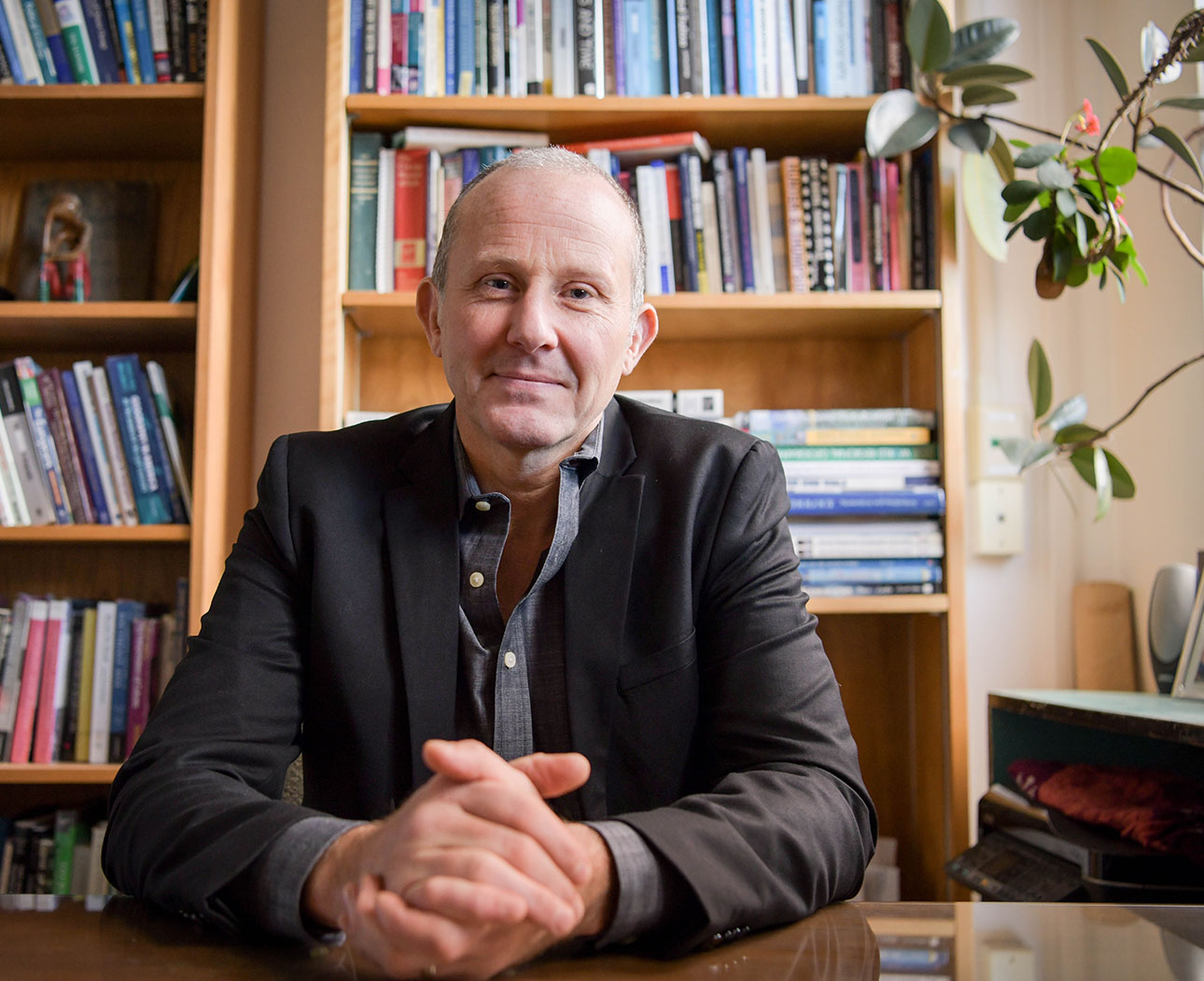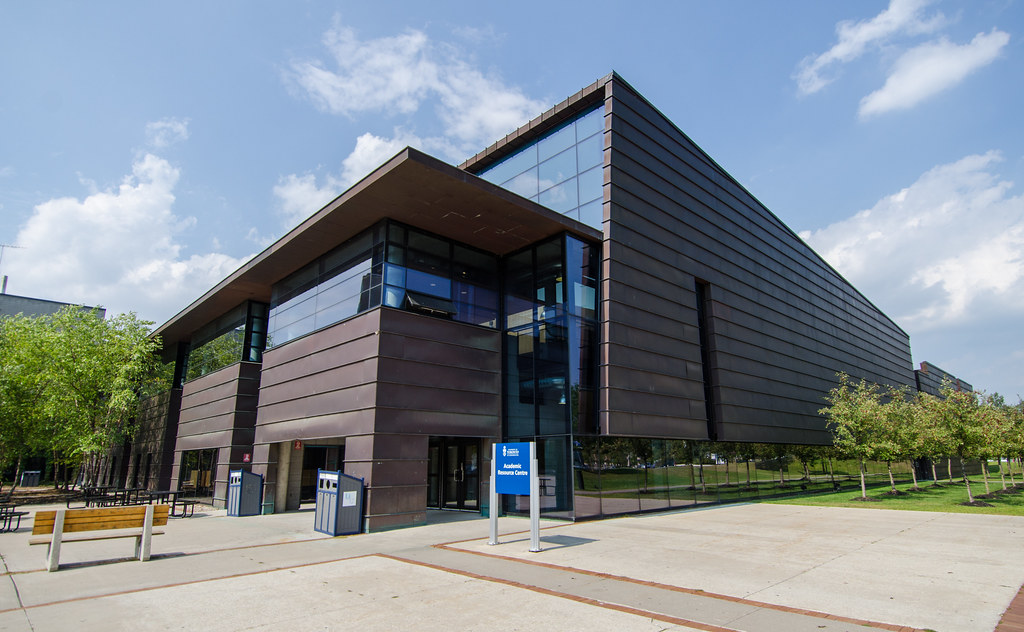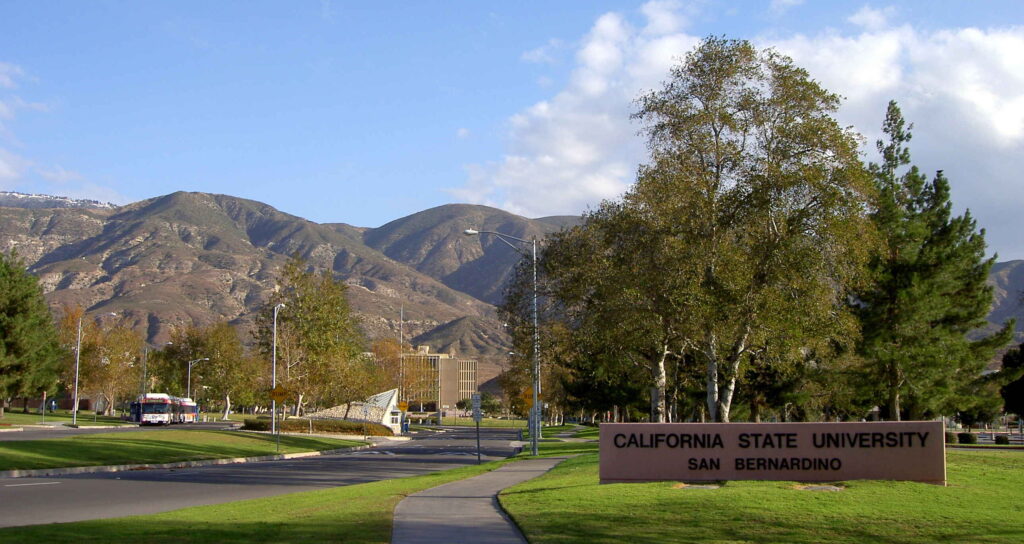Using Ed Tech to Find the ‘Aha!’ Moment
7%
increase in student evaluation scores after adopting Top Hat
90%
of students report that Top Hat made them feel part of a wider learning community
92%
of students said Top Hat improved their engagement in class

The Challenge
Rejecting a one-size-fits-all approach to learning
Authenticity is paramount to Demian Hommel. As a Senior Instructor of Geography at Oregon State University (OSU), his mission is to help students understand how every facet of their lives—economic, societal, cultural—is intertwined with the environment and the world around them. To do this, he builds meaningful connections with students, creating engaging in-class experiences that inspire empathy, curiosity and meaningful learning.
“American geography is generally focused on the memorization of places, capitals and rivers,” says Hommel. Sitting in his office—a bright space packed with succulents and rubber plants, tribal sculptures and photos of his family and travels—he exudes the calm energy of someone driven by purpose. “I’m lucky in teaching geography—there’s power in learning more about our planet,” he adds. “Any possible day, there could be an ‘aha!’ moment where a student realizes how important it is to recognize some of the changes that are happening.”
But while his passion for the environment is long standing, Hommel initially felt hindered in his ability to purposefully connect with his students. “A pattern that unfortunately happens in large courses is the expectation that you will adopt a common textbook from a major publisher,” Hommel says. “These come with test banks and quizzes and presentations, and the feeling is you’re more or less there just to push a button.” To Hommel—who not only cares deeply about his subject matter, but in ensuring students understand the importance of the material—this felt spurious. Worse still, students weren’t participating, distracted by their devices and generally unengaged in class.
The Solution
Creating a learning experience that gets students excited about geography
Hommel adopted Top Hat in 2016 after researching and experimenting with different platforms. Ultimately, Top Hat’s app-based system offered the student response and interactive textbook capabilities he needed to improve engagement. He authored two interactive Top Hat textbooks, Critical Geographies of the West: A Spatial Anthology and The Human Planet: Human Geography in the Anthropocene that allow him to track student interest in, and engagement with, the readings outside of class.
His lectures and readings are packed with rich, multimedia content—something traditional learning materials can’t offer: a video of a beloved Syrian falafel maker in Knoxville, Tennessee; a geovisual immigration map of continental Europe; a discussion question asking students their favourite ice cream flavors. Hommel’s liberal use of visual elements is all about driving home the connected nature of modern society. “Professor Hommel is really creative in class,” says Weston Figueroa, an OSU senior majoring in Geography and Geospatial Science. “If he sees that students aren’t engaged in the material in ways that he planned out, he can very quickly alter that using Top Hat.”
Hommel serves up questions throughout his lecture, not just to help students recall facts and concepts, but to check their comprehension with higher-order questions as well. He even asks them what they want to learn, opening up discussions, for example, on how the career landscape is changing, which gives them a say in their own education. Throughout his lecture, he leaves a discussion board running in the background where students can note any questions or points of clarification required. “We’re living in the most stimulating time in human history,” he says. “Using technology to help students understand the trends and patterns that are going to affect them is transformative.”
Top Hat has allowed Hommel to create the kind of rich learning experience that not only brings his passion to the forefront, but gets students excited about the course material. For this environmentally conscious professor, it had the added benefit of cutting down on e-waste by leveraging the devices students already owned. It also solved a number of course management headaches—taking attendance via sign-in sheet, processing paper assessments—that got in the way of focusing on teaching his classes of over 300 students.
“Student enrollment is up, my classes are full and now there’s a wait list.”

The Results
Improving classroom—and civic—engagement for students
It’s no understatement to say that Hommel is one of OSU’s most popular profs. “Student enrollment is up, my classes are full and now there’s a wait list,” he says. Hommel is proud that he’s been able to utilize a project-based approach focused on the student experience. This makes in-class time less about getting through a certain amount of content and more about treating students as part of a learning community.
Midway through a recent term, Hommel asked students how Top Hat impacted their learning. In a class of nearly 230 students, 208 responded that Top Hat improved their engagement during lecture and recitation. Over 90 percent also reported that Top Hat was effective in bringing them into class and making them feel part of a wider learning community. What’s more, his student evaluation summaries, which averaged 5.4 (out of a total of six) before adopting Top Hat have improved to 5.8—nearly a half point increase. “He just really cares about the learning process and trying to reach us,” says Will Stiegler, an OSU senior double majoring in Education and Liberal Studies. “Everyone gets to participate and I look forward to seeing how the responses show up on the big screen.”
For Hommel, genuine student interest in the subject matter, and the world around them, is the ultimate gratification—something he’s been able to better impact thanks to educational technology. “I use Top Hat as a way to engage students, to pull them into what’s happening in the class and then to connect that to what happens in the world outside,” he says.








